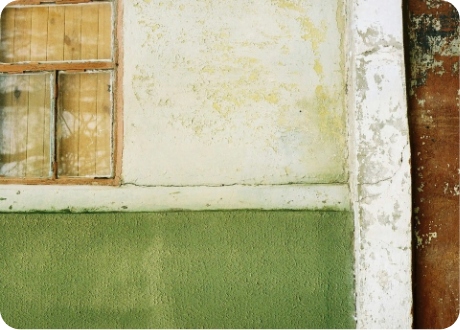Mold, a common household nuisance, poses not only aesthetic concerns but also potential health hazards. As it stealthily creeps into the nooks and crannies of our homes, its presence warrants prompt attention and remediation. Understanding the importance of home mold remediation is crucial in safeguarding both property and health.
Tackling Mold: Understanding the Importance of Home Mold Remediation 4
Mold thrives in environments characterized by moisture and organic matter, making bathrooms, kitchens, basements, and poorly ventilated spaces prime breeding grounds. Its growth not only compromises the structural integrity of buildings but also releases airborne spores that can trigger respiratory issues and exacerbate allergies.
The task of cleaning mold in homes necessitates a systematic approach and adherence to safety protocols. While minor outbreaks can often be addressed through DIY methods, extensive infestations require professional intervention. Here’s a breakdown of the steps involved in mold remediation:
Assessment: The first step in mold remediation is to conduct a thorough assessment of the affected area. This involves identifying the extent of mold growth, determining the underlying causes such as leaks or humidity, and assessing potential health risks.
Containment: To prevent the spread of mold spores to unaffected areas, containment measures are essential. This may involve sealing off the contaminated area with plastic sheeting and employing negative air pressure systems to limit airborne dissemination.
Removal: Physical removal of mold-infested materials is often necessary to eliminate the source of contamination. This includes porous materials such as drywall, carpeting, and insulation, which may need to be discarded if heavily affected.
Cleaning: Non-porous surfaces can typically be cleaned using specialized mold remediation products and techniques. Thorough cleaning with detergent solutions and antimicrobial agents helps to eradicate mold colonies and prevent recurrence.
Drying and Dehumidification: Addressing underlying moisture issues is crucial to prevent mold regrowth. Proper ventilation, dehumidification, and drying of affected areas are essential steps in the remediation process.
Prevention: Once remediation is complete, implementing preventive measures is vital to minimize the risk of future mold outbreaks. This may include repairing leaks, improving ventilation, and maintaining optimal indoor humidity levels.
While DIY mold remediation can be effective for small-scale outbreaks, it’s important to recognize when professional assistance is warranted. Professional mold remediation experts possess the necessary expertise, equipment, and safety protocols to tackle extensive infestations safely and effectively.
In conclusion, home mold remediation is a critical undertaking that requires diligence, expertise, and adherence to safety guidelines. By promptly addressing mold outbreaks and implementing preventive measures, homeowners can protect their property and safeguard the health and well-being of their families. Remember, when it comes to mold, prevention and swift action are key.


